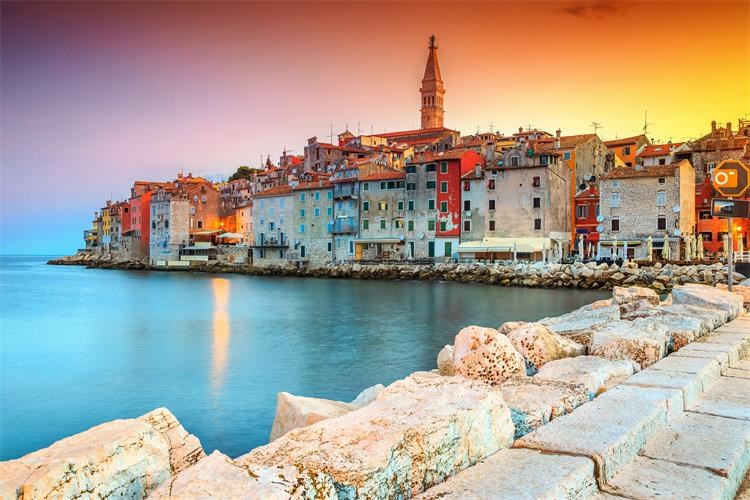- Published: 29.02.2024.
Tourist year 2023 surpasses 2022: there were 9.7% more tourist arrivals and 2.6% more tourist nights
The most tourists recorded in the County of Istria; Rovinj holds the first place among cities
In 2023, there were 19.5 million arrivals and 92.4 million nights in commercial accommodation establishments, which was 9.7% more tourist arrivals and 2.6% more tourist nights than in 2022. Compared to the record year 2019, there were 0.4% less tourist arrivals, but 1.2% more tourist nights.Domestic tourists realised 7.6% more arrivals and 4.7% more nights, while foreign tourists realised 10.0% more arrivals and 2.4% more nights in 2023, as compared to 2022.
Once again, German tourists were the most numerous tourists in 2023
The most foreign tourist arrivals and nights in 2023 were realised by tourists from Germany, as much as 3.2 million arrivals and 22.3 million nights, which accounted for 19.0% of the total realised foreign tourist arrivals and 26.5% of the total realised foreign tourist nights. Still, compared to 2022, they had 2.3% less arrivals and 5.2% less nights.
These were followed by tourists from Slovenia and Austria (9.1% each), Poland (7.5%), the Czech Republic (5.9%), Italy (4.7%) and the United Kingdom (4.1%). Tourists from Asian countreis realised 1.1 million nights, which was 81.2% more nights in 2023, as compared to 2022. The largest number of nights of Asian tourists was realised by the Republic of Korea, as much as 200 thousand nights, and Mainland China with 159 thousand nights.
The County of Istria and Rovinj achieved the best results
The County of Istria had the largest number of tourist arrivals and nights in 2023, as much as 4.8 million arrivals (which accounted for 24.8% of the total realised arrivals) and 28.1 million nights (which accounted for 30.4% of the total nights realised in commercial accommodation). Compared to 2022, the County of Istria had 5.4% more tourist arrivals and 1.6% more tourist nights. There were 7.8% more tourist arrivals and 6.6% more tourist nights in 2023 than in 2019, which surpassed the pre-pandemic results.
The County of Istria was followed by the County of Split-Dalmatia with 3.6 million arrivals and 17.8 million nights and the County of Primorje-Gorski kotar with 3.1 million arrivals and 15.6 million nights.
Rovinj had the most realised nights, as much as 4.1 million of them, followed by Dubrovnik with 3.8 million nights nad Poreč with 3.2 million nights. Domestic tourists spent the most nights in the City of Zagreb, Crikvenica, Zadar, Vodice, Mali Lošinj, Rovinj and Biograd na Moru, while foreign tourists spent the most nights in Rovinj, Dubrovnik, Poreč, Split, Medulin and Umag.
Find out more information in the First Release.
In addition, in the tourism statistics domain in the PC-Axis database it is possible to find indicators of tourism intensity and density rates by statistical regions, counties, towns and municipalities.
In 2023, an average tourism intensity rate in Croatia amounted to 30 permanent beds per 100 inhabitants and 2 386 tourist nights per 100 inhabitants. Tourist towns and municipalities with the highes number of tourist nights per 100 inhabitants are: Funtana, Vrsar, Tar-Vabriga, Lopar and Baška.
Concerning the Croatian tourism density rate, in 2023 it amounted to 1 633 tourist nights on average per square metre. Among leading tourist towns and municipalities, Funtana, Fažana, Medulin, Tar-Vabriga, Okrug and Crikvenica had the highest tourist intensity rates according to the total number of tourist nights.
